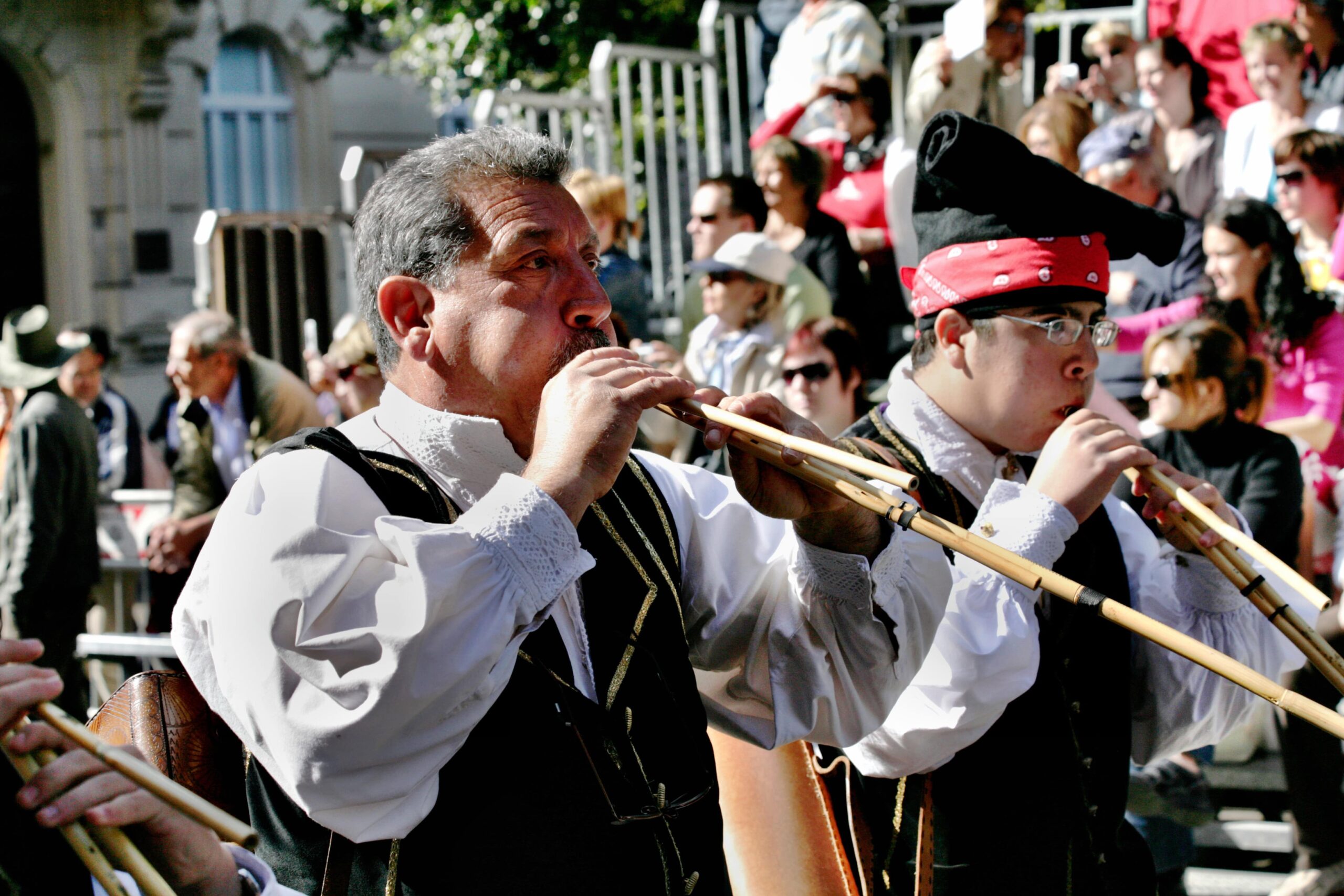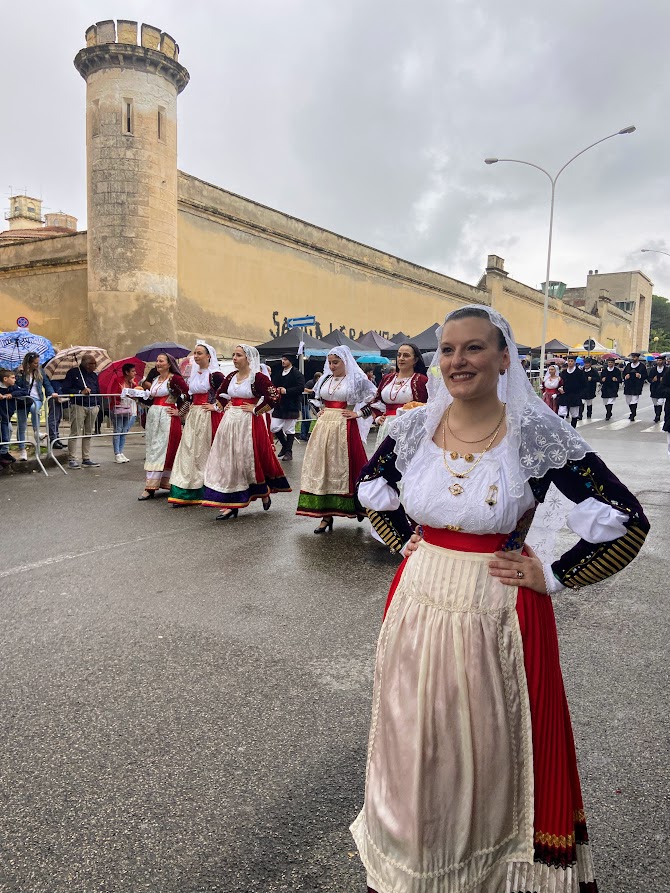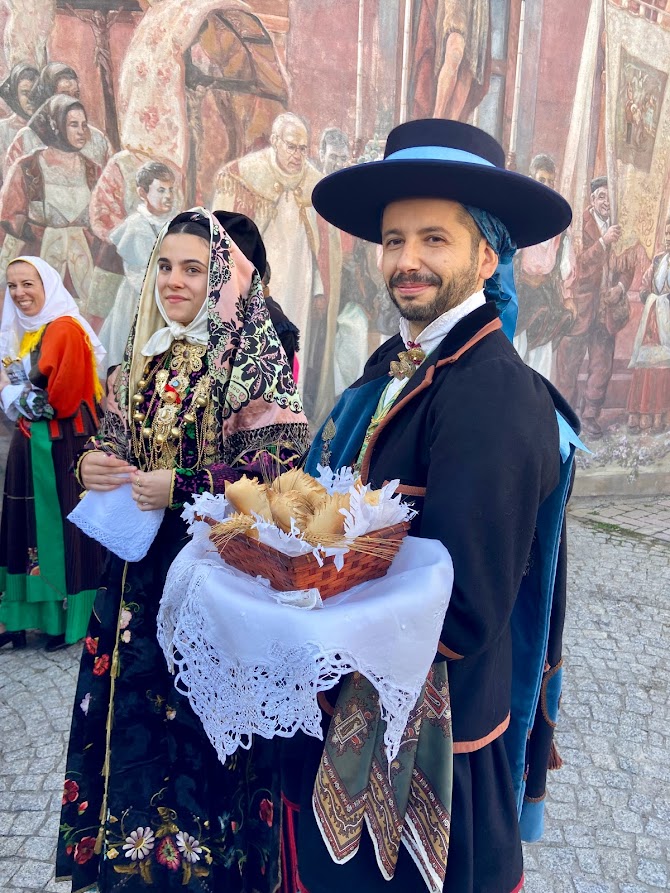
Literature over time
Sardinia has always been a common recognizable theme of all famous Sardinians authors and writers. Their books are imbued with the magical aura emanating from the land of their origin, as if they want to convey to readers the scent of myrtle, the changing colors of unpolluted nature and the reflections of waters that are among the most beautiful in the world. Grazia Deledda (1871-1936), one of the most famous Sardinian and Italian authors of all time, was born in 1871 in Nuoro in a relatively wealthy peasant family. She only attended the elementary school and then educated herself, especially by reading books. As a teenager, she began writing somewhat naive short stories with a Sardinian theme, which were published in the women’s magazines Ultima moda and La Sardegna between 1888 and 1890. She published her first book collection of short stories in 1890. In 1900, Grazia Deledda got married and moved from her native Sardinia to Rome, where she stayed until her death. The writer matured in Rome. She was no longer so succumbed to sentiment in her works and tried to depict the dramatic fates of her characters with a kind of veristic detachment. However, the basis of her inspiration remained romantic love stories and leggends from her native Sardinia. The stylistic and content level of the author’s novels and novellas constantly increased and found its peak mainly in the novels Elias Portolu and Canne al Vento – the story of a servant who is bent by the will of someone stronger just like a cane. In the 1926, the writer received the Nobel Prize for literature. Her other works include: Nell´azzurro (In blue), Racconti Sardi (Sardinian Tales), Amore regale (Royal love) and others. Antonio Gramsci (1891-1937) was one of the Sardinian writers and also a very influental politician. He is considered one of the most important thinkers of the 20th century. His writings are in the original Marxist and philosophical tradition, he analyzed the cultural and political structure of society and developed the concept of hegemony. Gramsci’s thought was an original and autonomous contribution to the understanding of Marxist texts. The themes arise from the author’s readings and reflections during his long imprisonment in fascist prisons, therefore it is one of the most important concepts of hegemony, close to Lenin’s idea of the dictatorship of the proletariat. Gramsci considers hegemony to be superior of civil society over political society. Among his best works are: “Odio gli indifferenti”, “Il popolo delle scimmie”, L’Ordine nova. Sergei Atzeni (1952-1995) – journalist and Sardinian novelist spent his early childhood in Orgosolo and then moved to Cagliari, where he was active in journalism and political life. In 1977, he was one of the founders of the periodical “Altair”, a Sardinian monthly tourism and leisure magazine. After leaving for Turin in 1986 he wrote his most important works, which také place in Sardinia and inspired by the historical reconstruction of the region from antiquity to the beginning of the twentieth century. The main theme of his novels are the stories of humble and defeated people. Famous works are the posthumous novels “Passavamo sulla terra leggeri” and “Bellas mariposas”, which combines the use of Sardinian and Italian languages. The writer died tragically in 1995 and after his death other writings were published, which are still popular in Sardinia. In fact, his work is considered a founding part of the new Sardinian literature. Best works: “Passavamo sulla terra leggeri”, “Il folio di Bakunin”, “Il quinto passo é l’addio”. Salvatore Niffoi (1950) was born in Orani in the province of Nuoro, where he worked as a secondary school teacher until 2006. His first novel “Collodoro” was published in 1997. In 2006 he won the “Premio Campiello” award. Niffoi is one of the best contemporary Sardinian writers, in his prose we note a unique combined use of Italian and Sardinian, which, however, makes it more difficult to read and understand for readers who do not know Sardinian. But for a writer, this combination of language is essential, because it allows you to give things a precise name and express the meaning of the narrative without betraying it through translation. Special attention deserves his skill of description, which prevails over dialogues, it is able to convey colors, scents and even sounds, engaging the reader´s senses. Best works: “Le donne di Orolé”, “Il cieco di Ortakos”, “Il venditore di metafore”. Another important Sardinian writer is Marcello Fois (1960). In 1986 he graduated in Italian at the University of Bologna, and in 1989 he published his first novel, “Ferro Recente”, which was published as part of the Young Italian Authors Series. In 1992 he also released “Picta” for which he received the “Italo Calvino Award”. In 1997 he won the “Premio Dessi” award for the novel Nulla. In addition, in 1998 he published “Sempre caro”, the first novel of a trilogy set in Nuoro at the end of the 19th century, with the sequels “Sangue del cielo” and “L´Altro mondo”. The writer has received several other awards for literature in the past years, from his latest works you can read, for example, “Del dirsi Addio” or “Pietro e Paolo.”



